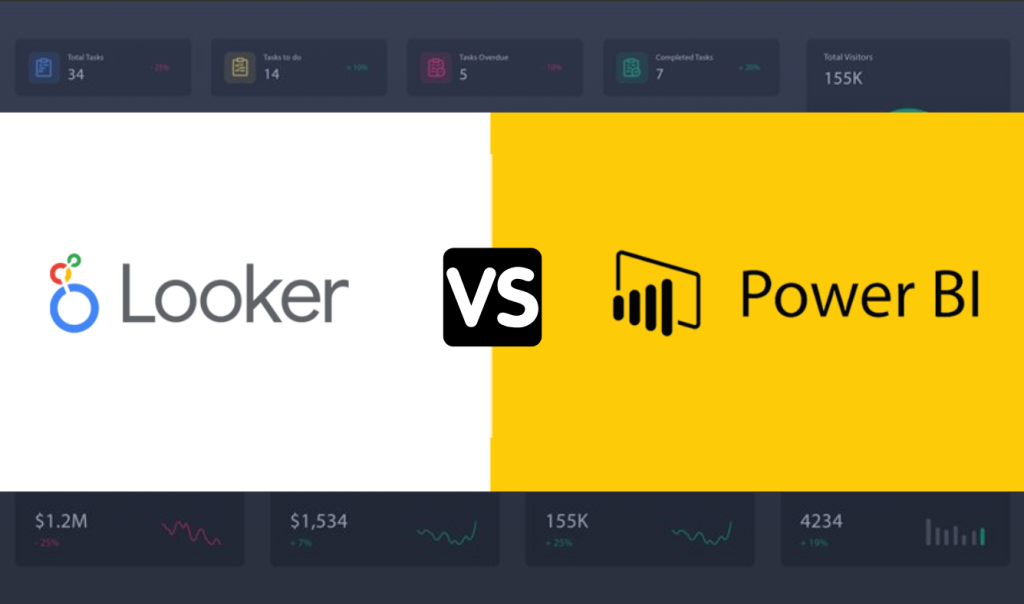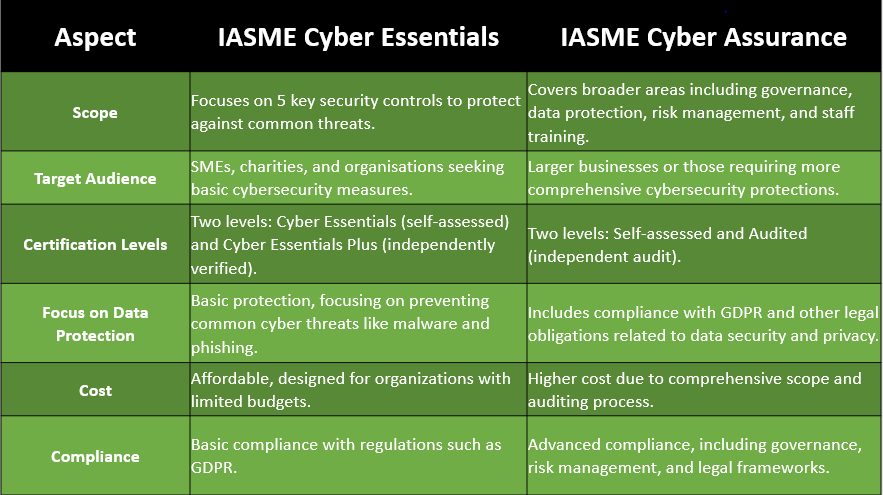As businesses strive to become more data-driven, selecting the right Business Intelligence (BI) tool plays a pivotal role in transforming raw data into actionable insights. Two of the most popular tools in the BI landscape are Google Looker Studio and Power BI. While both platforms help businesses visualize and analyze data, they differ significantly in terms of features, usability, pricing, and ideal use cases.
This blog by Creative Networks provides a comprehensive comparison of Microsoft Power BI vs Looker Studio, helping you make an informed decision based on your business requirements, existing tools, and technical expertise.

What is Looker Studio?
Looker Studio (formerly known as Google Data Studio) is Google’s free, web-based data visualisation tool. It allows users to create visually appealing, interactive reports and dashboards with ease. Designed for simplicity and real-time analytics, Looker Studio integrates seamlessly with Google’s suite of tools, such as Google Analytics, BigQuery, and Google Ads.
Key Features of Looker Studio:
- Drag-and-Drop Interface: Intuitive for beginners and non-technical users.
- Seamless Google Integration: Connects directly to Google tools and third-party data sources via connectors.
- Collaboration Made Easy: Multiple users can edit and share reports in real time.
- Cost-Effective: Free for individuals and small teams, making it highly accessible.
Looker Studio is an excellent choice for businesses seeking simple yet effective visualizations, especially those already invested in Google’s ecosystem.
What is Microsoft Power BI?
Power BI is Microsoft’s robust BI platform that combines advanced data modeling, visualization, and analytics capabilities. Designed for power users and businesses requiring deep data insights, Power BI integrates seamlessly with Microsoft products like Excel, Azure, and Teams.
Key Features of Power BI:
- Advanced Data Modeling: Tools like Power Query and DAX enable in-depth data transformations and calculations.
- Wide Data Connectivity: Connects to over 100 data sources, including cloud services, on-premises databases, and third-party platforms.
- Rich Customization Options: Extensive built-in visuals, along with custom visuals via Microsoft AppSource.
- Enterprise-Grade Capabilities: Scalable reporting and security for large organizations.
Microsoft Power BI is ideal for businesses that need advanced analytics, strong integrations within the Microsoft ecosystem, and the ability to scale reporting solutions.
Looker Studio vs Power BI: A Detailed Feature Comparison
1. Ease of Use
- Looker Studio: Known for its user-friendly drag-and-drop interface, Looker Studio is perfect for beginners. It enables quick report creation without requiring extensive technical expertise.
- Power BI: Power BI’s interface is more complex, especially for beginners. It offers a wide range of customization and data manipulation options, which require some prior knowledge of data analysis.
Winner: Looker Studio for ease of use; Power BI for advanced users who need deeper control over their data.
2. Data Integration
- Looker Studio: Natively integrates with Google tools like Google Analytics, BigQuery, and Google Ads. It also connects to external sources through community-developed connectors.
- Power BI: Offers broader data integration options, including Microsoft tools like Excel, Azure, and SQL Server, along with third-party databases and services.
Winner: Power BI, as it supports a wider variety of data sources, making it more versatile for businesses with diverse data needs.
3. Data Transformation and Modeling
- Looker Studio: Best for basic data manipulation, like data blending and simple calculations. However, it has limitations, such as blending a maximum of five data sources and basic transformation features.
- Power BI: Power BI excels in advanced data transformation using Power Query and complex calculations with DAX (Data Analysis Expressions). It also supports advanced data modeling techniques like the star schema.
Winner: Power BI for its superior data transformation and modeling capabilities.
4. Data Visualisation and Customisation
- Looker Studio: Offers a variety of basic charts, graphs, and themes. It’s easy to customize dashboards for quick, visually appealing reports. Additional templates and visuals can be added via the community marketplace.
- Power BI: Provides extensive visualization options, including built-in visuals, custom visuals from AppSource, and detailed dashboard customization. It allows granular control over data presentation.
Winner: Power BI for its rich and customizable visualization options.
5. Collaboration
- Looker Studio: Designed for collaboration, Looker Studio allows multiple users to edit and share reports in real time. Sharing reports is as simple as sharing a Google Doc.
- Power BI: Offers collaboration features through Microsoft tools like Teams and SharePoint, but sharing outside the organization requires a Power BI Pro license.
Winner: Looker Studio for free and seamless collaboration; Power BI for businesses already invested in Microsoft’s collaborative tools.
6. Real-Time Data Analysis
- Looker Studio: Excels in real-time analytics, particularly when connected to Google tools like Google Analytics. It provides near-instant updates for live dashboards.
- Power BI: Supports real-time data streaming but often requires additional configuration through Azure Stream Analytics or third-party services.
Winner: Looker Studio for its simplicity in delivering real-time updates.
7. Pricing
- Looker Studio: The basic version is free for all users. Additional costs may arise when using paid third-party connectors or upgrading to Looker Studio Pro for enterprise-level features.
- Power BI: Offers a free version with limited features. Power BI Pro starts at $10 per user/month, while Power BI Premium costs more for enterprise-grade capabilities.
Winner: Looker Studio for affordability; Power BI for its scalability and advanced features.

Final Verdict: Which BI Tool is Right for Your Business?
Choosing between Looker Studio vs Microsoft Power BI comes down to your organization’s specific needs, budget, existing ecosystem, and level of technical expertise. Both tools are excellent, but they shine in different scenarios.
Choose Looker Studio If:
- You’re a small or medium business looking for an affordable, user-friendly tool to create basic, visually appealing reports.
- Your organization heavily relies on Google tools like Google Analytics, BigQuery, and Google Ads.
- You need real-time data visualization for marketing, website analytics, or reporting with minimal technical expertise.
- Collaboration across teams is critical, and you require a tool that allows multiple users to edit and share dashboards easily.
Why Looker Studio?
Looker Studio excels in simplicity, affordability, and seamless integration with Google’s ecosystem. It’s perfect for businesses with straightforward reporting needs and teams that value ease of use over advanced features.
Choose Power BI If:
- You’re a large organization or enterprise with complex reporting and data analysis requirements.
- Your business uses the Microsoft ecosystem, including Azure, Excel, or Dynamics 365.
- You require advanced data transformation and modeling capabilities, such as using DAX and Power Query for deeper insights.
- Scalability and enterprise-grade features are essential for handling large volumes of data.
- You have a dedicated data team or technical experts who can fully utilize Power BI’s advanced features.
Why Power BI?
Power BI is the superior choice for organizations that need powerful analytics, extensive data customization, and advanced modeling capabilities. Its versatility, integration with Microsoft tools, and scalability make it a robust solution for businesses managing large datasets and detailed reporting.
When to Use Which Tool?
- For Small Businesses or Quick Visualizations:
Looker Studio is the go-to option, especially if you’re working with Google data and need simple, effective dashboards without incurring additional costs. - For Enterprises or Complex Data Analysis:
Power BI is the better choice for organizations with intricate data needs, large-scale operations, or reliance on Microsoft tools for data integration and management. - For Mixed Needs or Hybrid Use:
Some businesses use both tools for different purposes. Looker Studio can handle quick, real-time ad-hoc reports, while Power BI is reserved for complex internal reporting, forecasting, and data modeling.
The Bottom Line
- Looker Studio is best for organizations that need an affordable, easy-to-use tool for real-time data exploration, especially within the Google ecosystem.
- Power BI is ideal for businesses seeking advanced capabilities, scalability, and deep integration with Microsoft’s suite of tools.
By evaluating your existing systems, reporting requirements, and team expertise, you can make an informed decision that aligns with your business goals.
Contact Creative Networks Today
At Creative Networks, we understand that choosing the right Business Intelligence (BI) tool is a critical decision for your business. Our expertise lies in implementing and optimizing BI solutions tailored specifically to your organization’s goals, workflows, and data needs.
Whether you’re considering Looker Studio for its simplicity and real-time insights or Power BI for its advanced analytics and enterprise-grade features—or even both—we’re here to guide you every step of the way.
Contact us today to discover which BI solution is the perfect fit for your business and elevate your data analytics to the next level!
Want to Explore the Comparison Between Microsoft Power BI vs Tableau?
Explore our Blog: Power BI vs Tableau: A Comprehensive Comparison




